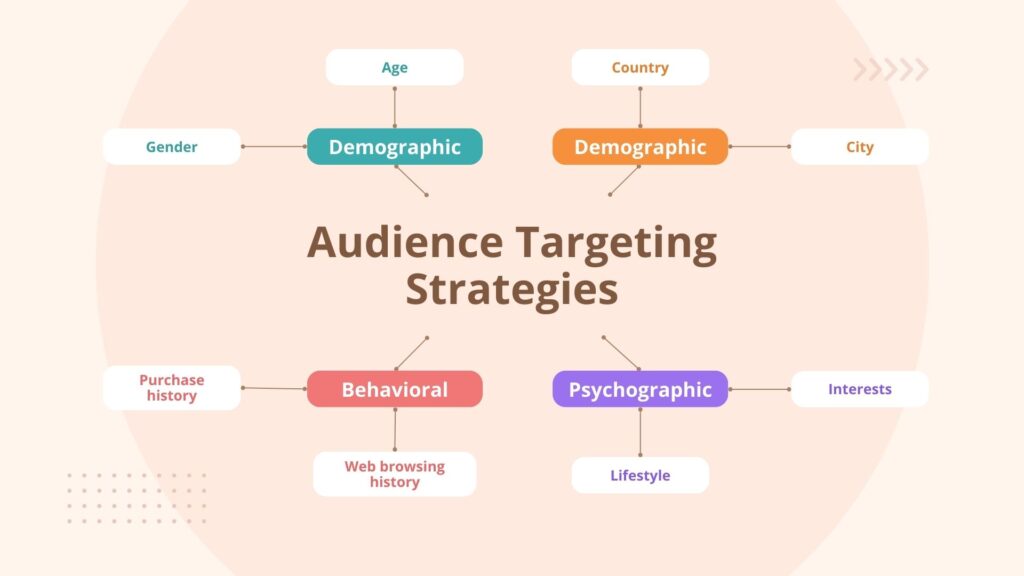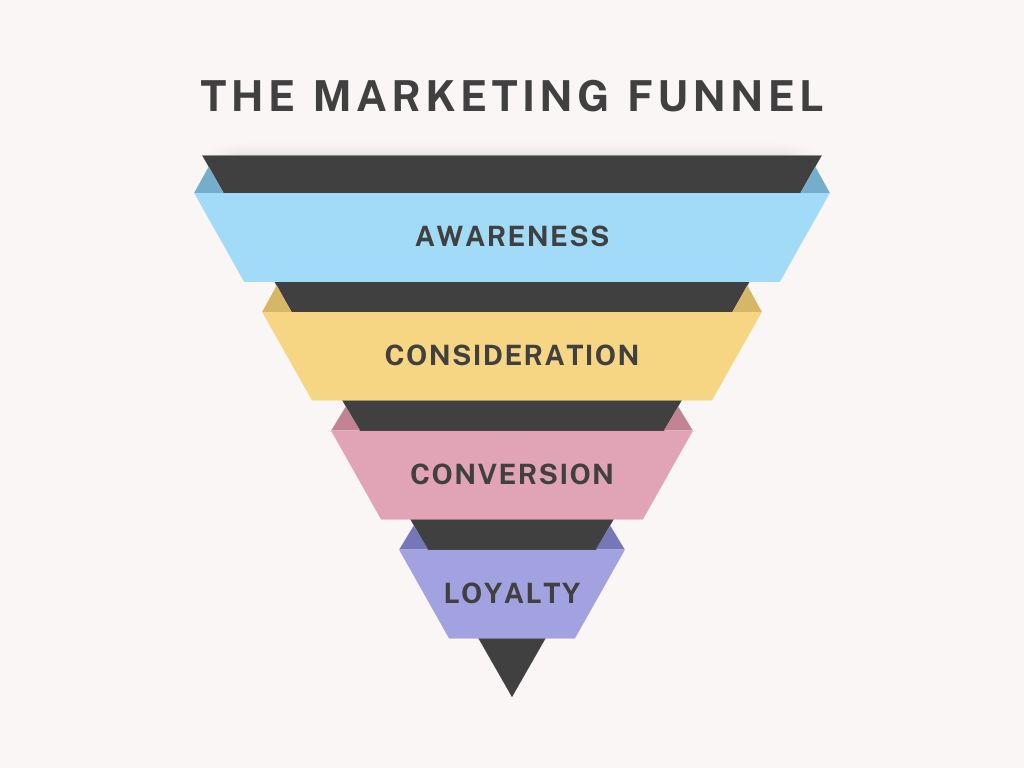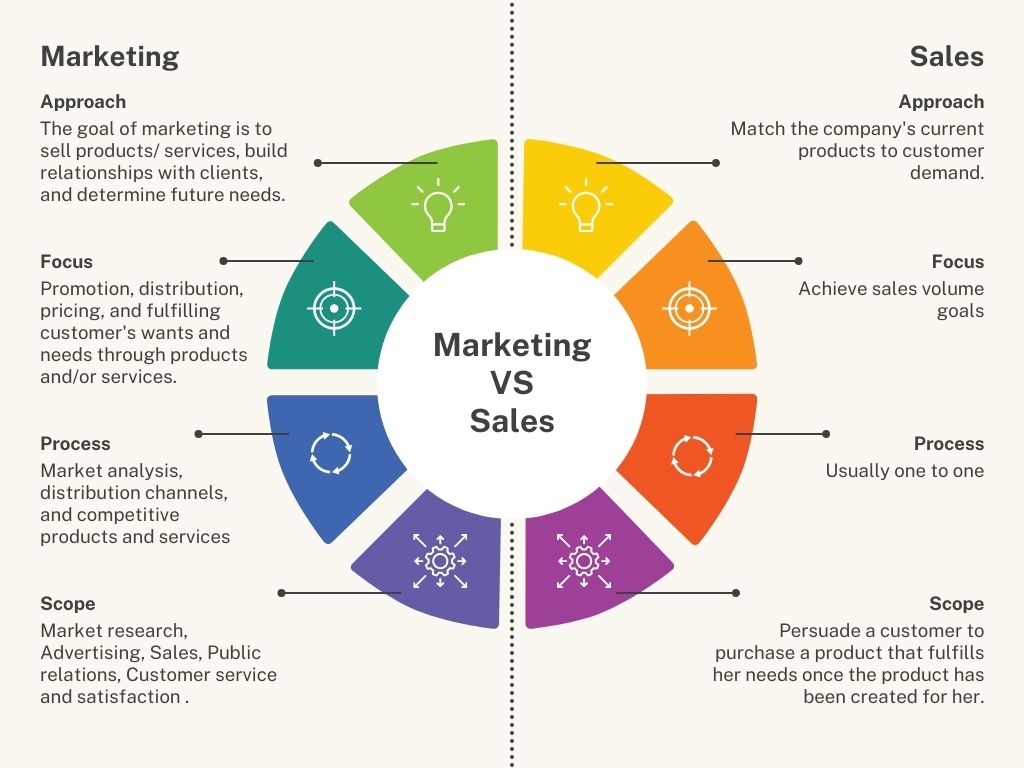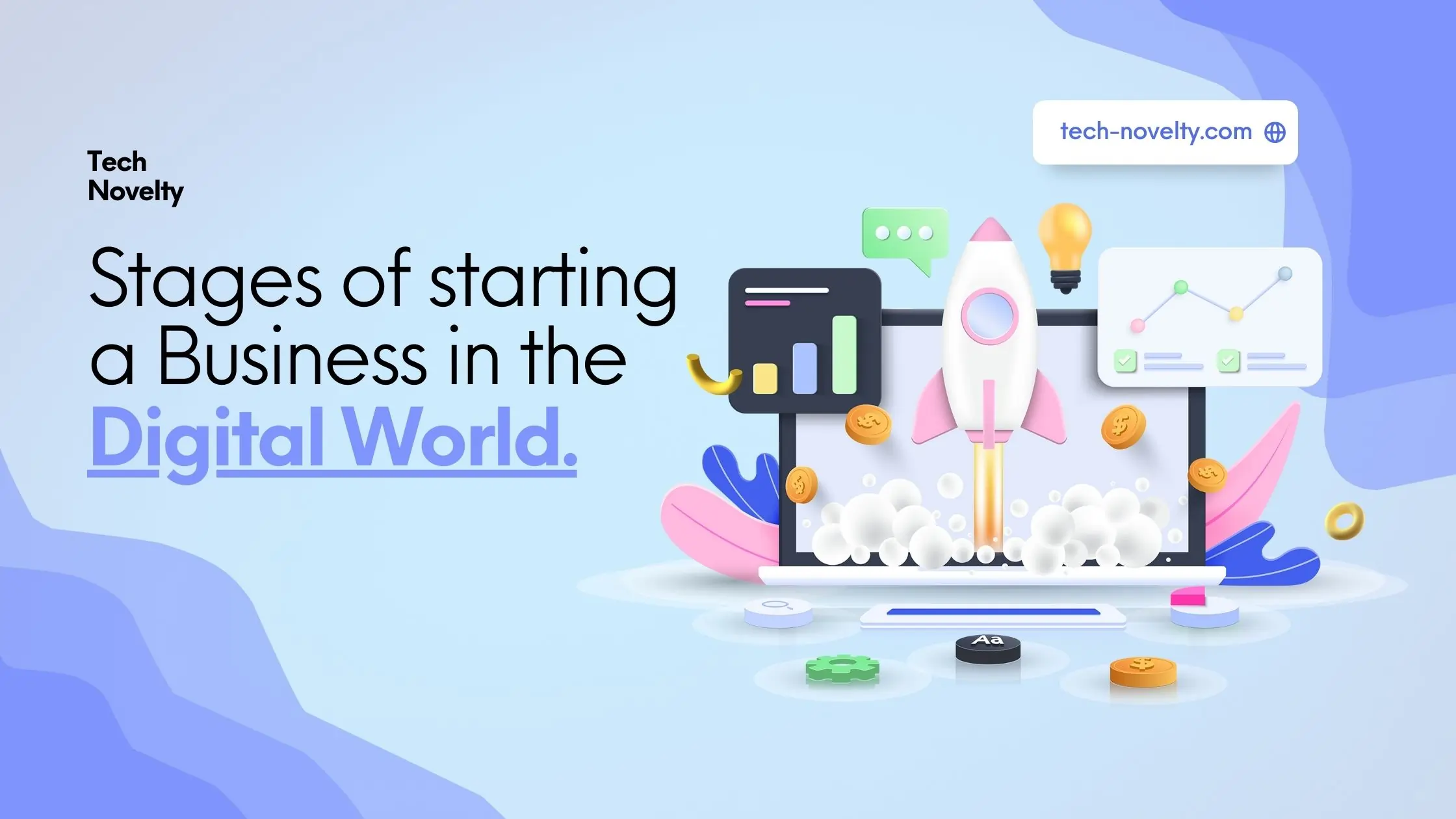Table of Contents
ToggleDigital Products: Innovating the Market with Creativity and Strategy
In today’s fast-paced digital age, the allure of digital products has never been more captivating. These intangible assets have the potential to revolutionize businesses, offering unprecedented opportunities for creativity, scalability, and profitability. For entrepreneurs, digital creators, and e-commerce owners, understanding digital products is crucial to capitalizing on this trend. This blog post will provide a comprehensive guide to digital products, exploring their significance, creation, monetization, and future trends.
What are digital products?
Digital products are intangible goods that exist in a digital format. Unlike physical products, they don’t require inventory or shipping, making them highly scalable and cost-effective. Examples include software, e-books, online courses, music files, and more. Their significance lies in their ability to effortlessly reach a global audience and provide value through innovation and convenience.
Famous digital products
- Adobe Creative Cloud is a suite of design tools and software for creatives, including Photoshop, Illustrator, and Premiere Pro.
- The Amazon Kindle is an e-reader that provides access to thousands of e-books, allowing users to read digitally on a portable device.
- Spotify is a music streaming service offering a vast library of songs, playlists, and podcasts to users worldwide.
- Udemy is an online learning platform where users can take courses on a wide variety of subjects, created by expert instructors.
- Microsoft Office 365 is a cloud-based productivity suite that includes applications like Word, Excel, and PowerPoint, enhancing collaboration and efficiency.
- Zoom is a video conferencing tool that has gained popularity for virtual meetings, webinars, and collaboration, especially during remote work trends.
- Duolingo is a language-learning app that gamifies the process of learning new languages, making it accessible and fun for users.
- Canva is an online design tool that allows users to create visually appealing graphics and presentations easily, regardless of their design experience.
The evolution of digital products
The evolution of digital products has transformed numerous industries. From the initial surge of downloadable content to the rise of subscription services, digital products have continuously adapted to consumer needs. This evolution has disrupted traditional business models, allowing companies to pivot and expand their offerings to cater to a tech-savvy audience.
Knowing Your Audience for Digital Success

Why Knowing Your Audience Matters
Understanding your audience is the foundation of successful digital product development. By identifying their preferences, pain points, and needs, you can tailor your offerings to provide maximum value. This alignment not only enhances customer satisfaction but also drives engagement and loyalty.
Strategies for identifying audiences
Identifying your target audience involves a combination of research, analysis, and empathy. Begin by creating detailed buyer personas, highlighting demographics, behaviors, and motivations. Leverage analytics tools to track user interactions and gather insights into their preferences. Engaging with your audience through surveys and feedback loops further refines your understanding.
The Role of Market Research
Market research is a critical step in digital product development. It provides a comprehensive view of industry trends, competitor strategies, and consumer behavior. By analyzing this data, you can identify gaps in the market and tailor your digital products to meet emerging demands. Regularly updating your research ensures your offerings remain relevant and competitive.
Key Points to Keep in Mind When Analyzing Your Target Audience

- Demographics: Examine age, gender, income level, education, and geographic location to create a clear profile of your audience.
- Psychographics: Understand your target audience’s lifestyles, values, interests, and attitudes, as these factors significantly influence buying behavior.
- Behavioral Patterns: Analyze how customers engage with products, including their purchasing habits, usage frequency, brand loyalty, and feedback.
- Online Presence: To effectively tailor your marketing strategies, evaluate the platforms and channels where your audience spends time, including social media, forums, and blogs.
- Pain Points and Needs: Identify the specific challenges your audience faces, and consider how your digital product can solve their problems or enhance their lives.
- Trends and Influences: Stay up-to-date on industry trends and cultural shifts that may impact audience preferences, allowing you to adapt your offerings accordingly.
- Feedback Mechanisms: Encourage and use direct feedback from surveys, reviews, and focus groups to gain insight into customer satisfaction and areas for improvement.
Exploring Types of Digital Products
Digital products span a diverse range of categories, each with its own unique creation process. Software development involves coding and testing, while e-books require meticulous writing and editing. Online courses necessitate structured content delivery and engaging visuals. Understanding the nuances of each type allows you to choose the best fit for your expertise and audience.
Types of Digital Products and Their Niches
1. E-books
- What it is: Digital versions of books, which can be fiction, non-fiction, guides, manuals, or self-help books.
- Why sell it: Easy to produce and distribute. Ideal for niche topics or knowledge-based products.
- Example: Write a book about personal finance, cooking, or even a short novel and sell it through platforms like Amazon Kindle Direct Publishing.
2. Online Courses
- What it is: Pre-recorded or live video lessons that teach a particular skill or subject.
- Why sell it: Online learning is booming, and people are willing to pay for structured education, especially in fields like technology, business, design, and fitness.
- Example: Create a course on platforms like Teachable or Udemy about photography, coding, or digital marketing.
3. Software and Apps
- What it is: Digital tools or applications that help users accomplish specific tasks, from productivity to gaming.
- Why sell it: Software is always in demand, especially if it solves common problems or makes daily tasks easier.
- Example: Develop a mobile app for fitness tracking, a budgeting tool, or a task management app.
4. Stock Photos and Videos
- What it is: High-quality images and video clips that people can use for marketing, websites, blogs, or social media.
- Why sell it: There’s a huge market for quality visuals. Businesses and content creators need visuals for marketing materials and websites.
- Example: Sell stock photos on platforms like Shutterstock, Adobe Stock, or your own site, focusing on niche categories like travel, business, or lifestyle.
5. Design Templates
- What it is: Ready-made templates for various design needs, such as resumes, social media posts, business cards, or websites.
- Why sell it: Design templates are time-saving for people who need polished designs but may not have the skills to create them.
- Example: Create and sell Canva templates, PowerPoint slides, or WordPress themes on platforms like Etsy or Creative Market.
6. Music and Audio Files
- What it is: Digital music tracks, background music, sound effects, or voiceovers.
- Why sell it: There is constant demand for royalty-free music, sound effects, and audio clips, especially from video producers, content creators, and advertisers.
- Example: Sell music tracks or sound effects for video creators, podcasters, or game developers on platforms like Audio Jungle, Bandcamp, or SoundCloud.
7. Printable
- What it is: Digital files that users can download and print at home, such as planners, journals, calendars, wall art, or educational worksheets.
- Why sell it: Printable are low-cost to produce and can cater to various niches like productivity, wellness, and family organization.
- Example: Create and sell printable planners, budgeting worksheets, or wall art on Etsy or Gum road.
8. Digital Art and Illustrations
- What it is: Custom digital artwork, illustrations, or graphics for use in design projects, websites, or personal collections.
- Why sell it: Artists can sell their work directly to buyers, especially in the online space, where custom designs are highly sought after.
- Example: Sell your digital art as downloadable files on Etsy, your own website, or through platforms like Redbubble or Society6, where users can print the designs on various products.
9. Memberships or Subscriptions
- What it is: Offer access to exclusive content, community groups, tools, or digital products through a recurring subscription model.
- Why sell it: Subscription models create recurring income, and exclusive content adds value for customers.
- Example: Create a membership site with exclusive resources, tutorials, or webinars, or use platforms like Patreon to offer premium content or behind-the-scenes access to your followers.
10. Website Themes and Plugins
- What it is: Digital products that enhance websites, such as pre-designed website themes, templates, or plugins that add new functionality.
- Why sell it: Website owners are always looking for new themes, plugins, and tools to improve the user experience or streamline site management.
- Example: Create and sell WordPress themes or Shopify templates, or develop plugins for specific needs like SEO optimization, contact forms, or e-commerce functionality.
Bonus Idea: Digital Marketing Tools
- What it is: Tools that help businesses with their marketing strategies, such as email templates, landing page templates, or social media scheduling tools.
- Why sell it: Many businesses need help with their marketing efforts, and tools that streamline tasks or improve efficiency are in high demand.
- Example: Develop an email marketing template pack, social media graphics for small businesses, or an SEO checklist.
Where to Sell Your Digital Products :
- Etsy: Great for printable, design templates, and artwork.
- Udemy/Teachable: Ideal for selling online courses.
- Gum road: A simple platform for selling e-books, courses, or software.
- Amazon Kindle Direct Publishing: A place to sell e-books.
- Shutterstock/Adobe Stock: Perfect for selling stock photos and videos.
- Creative Market: Ideal for design templates, fonts, and graphics.
Crafting digital products :
Creating digital products demands a blend of creativity and technical prowess. Start by outlining your product’s core features and benefits. Consider the user experience and design elements that enhance usability. Collaborate with experts if needed, and utilize prototyping tools to visualize your ideas. Iterative testing and feedback ensure a polished final product.
Tools and Platforms for Creation :
Numerous tools and platforms simplify the creation and distribution of digital products. Platforms like Shopify and Etsy enable entrepreneurs to showcase and sell their creations. For software development, GitHub and Bitbucket offer collaboration and version control solutions. E-learning platforms like Teachable and Udemy facilitate course creation and distribution. Choose platforms that align with your product type and business goals.
Successfully Launching and Marketing Your Digital Product

Pre-Launch Strategies for Success :
Building anticipation before your digital product launch is essential for capturing attention. Create a buzz through teaser campaigns, countdowns, and sneak peeks. Engage with your audience on social media, offering exclusive insights into your product’s development. Consider running a beta test to gather feedback and refine your offering before the official release.
Effective digital marketing channels :
Marketing digital products requires a strategic approach that leverages multiple channels. Content marketing, social media, and email campaigns play a pivotal role in reaching your target audience. Craft compelling narratives around your product’s benefits and unique selling points. Collaborate with influencers and thought leaders to amplify your reach and credibility.
Post-Launch Analysis and Growth :
The launch is just the beginning of your digital product’s lifecycle. Post-launch analysis allows you to assess performance metrics and user feedback. Identify areas for improvement and implement enhancements based on customer insights. Continuously engage with your audience through updates, new features, and value-added content to sustain momentum and drive growth.
Maximizing Monetization and Sales
Pricing strategies for digital products :
Determining the right pricing strategy is crucial for optimizing sales. Factors such as perceived value, competition, and audience preferences should be considered. Explore models like freemium, subscription, and tiered pricing to cater to different segments. Conduct A/B testing to identify the most effective pricing structure that maximizes revenue and customer satisfaction.
Effective Sales Funnels and Conversions :
A well-designed sales funnel guides potential customers through the buying process, increasing conversions. Start with awareness campaigns to capture interest, and gradually nurture leads through informative content and personalized offers. Implement conversion optimization techniques, such as clear calls to action and limited-time promotions, to encourage timely purchases.
Legal and security considerations for digital products
Protecting intellectual property :
Safeguarding your digital products from piracy and unauthorized distribution is paramount. Implement measures such as copyright registration, digital rights management (DRM) tools, and watermarked content. To prevent misuse, clearly define usage terms and conditions. Stay informed about evolving legal frameworks to ensure compliance and protect your rights.
Ensuring Compliance with Data Protection Laws :
Data protection is a critical concern when dealing with digital products. Adhere to regulations like GDPR to safeguard user data and privacy. Implement secure payment gateways and encryption protocols to protect sensitive information. Regularly audit your systems and processes to identify vulnerabilities and maintain a robust security posture.
Navigating Future Trends in Digital Products
Emerging Technologies Impacting Digital Products :
Technological advancements continue to shape the digital product landscape. Artificial intelligence, virtual reality, and blockchain are poised to revolutionize product development and delivery. Explore how these technologies can enhance user experiences, streamline processes, and create new revenue streams. Stay informed about industry trends to capitalize on emerging opportunities.
We are making predictions for the future of digital products :
The future of digital products is dynamic and promising. Personalized experiences, seamless integrations, and sustainable solutions will define successful offerings. Businesses that prioritize innovation, adaptability, and customer-centricity will thrive in this evolving landscape. By anticipating and responding to changing consumer demands, position yourself as a forward-thinking leader.
Conclusion
Creating and selling digital products presents an exciting opportunity for entrepreneurs and organizations. By understanding your audience, crafting high-quality offerings, and implementing effective marketing strategies, you can unlock the potential of digital products to drive growth and establish a competitive edge. Start your digital product journey today, and position yourself for success in the digital age.

[…] are and why they’re so crucial in the era of Generative AI, check out our comprehensive guide on What are Digital Products. This post serves as the foundation for understanding how AI is reshaping the creation and […]